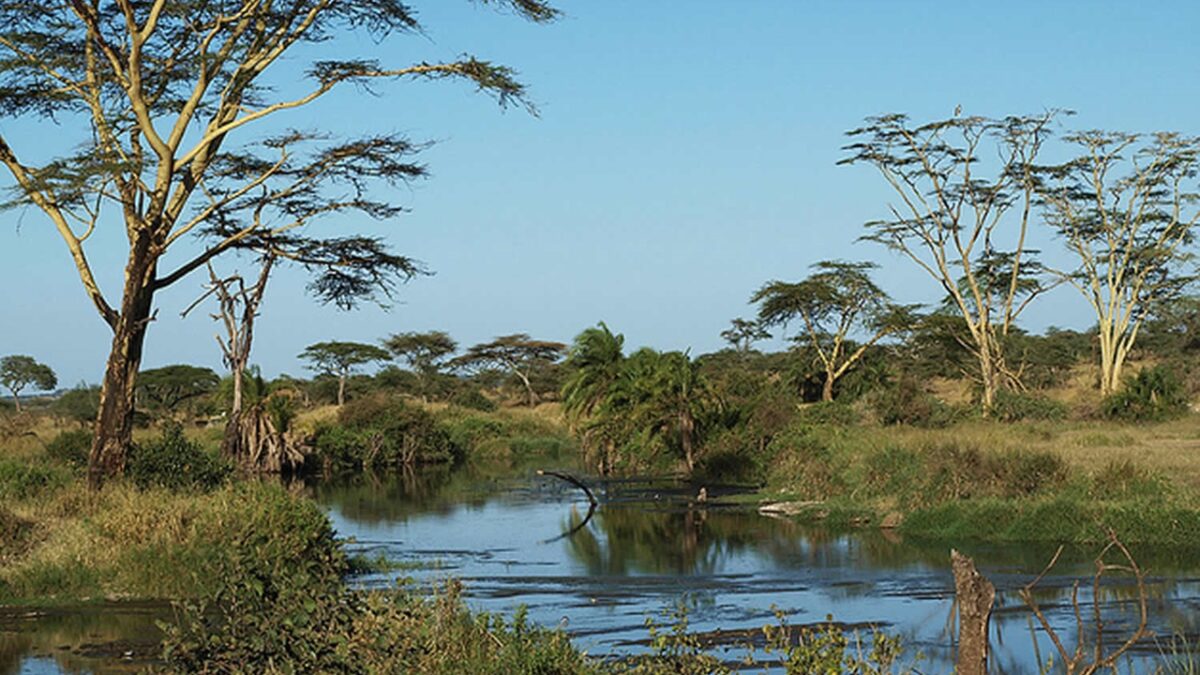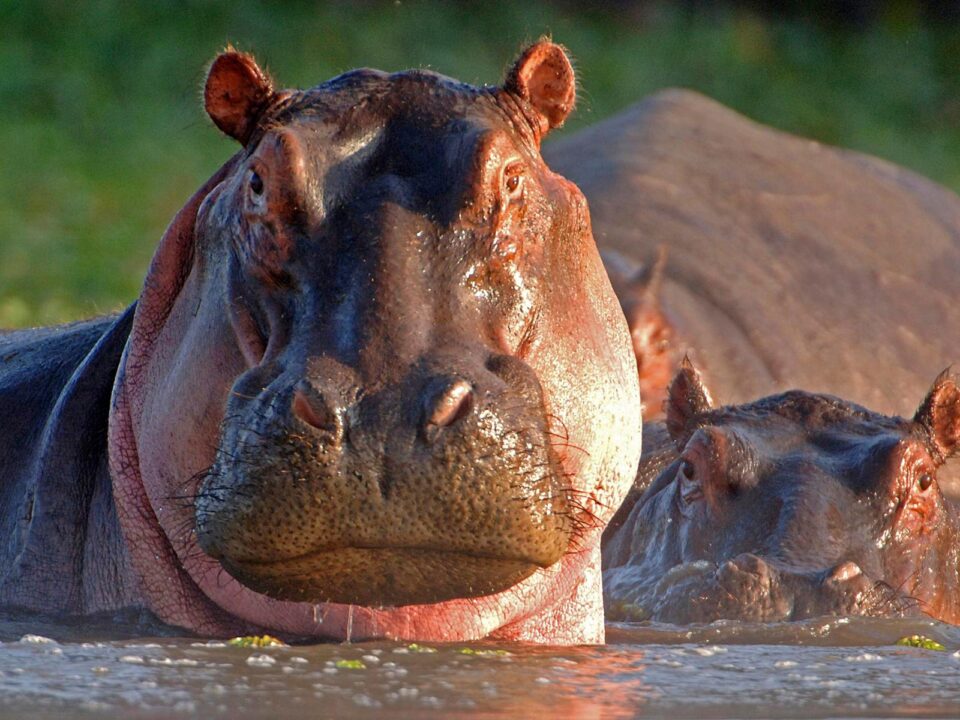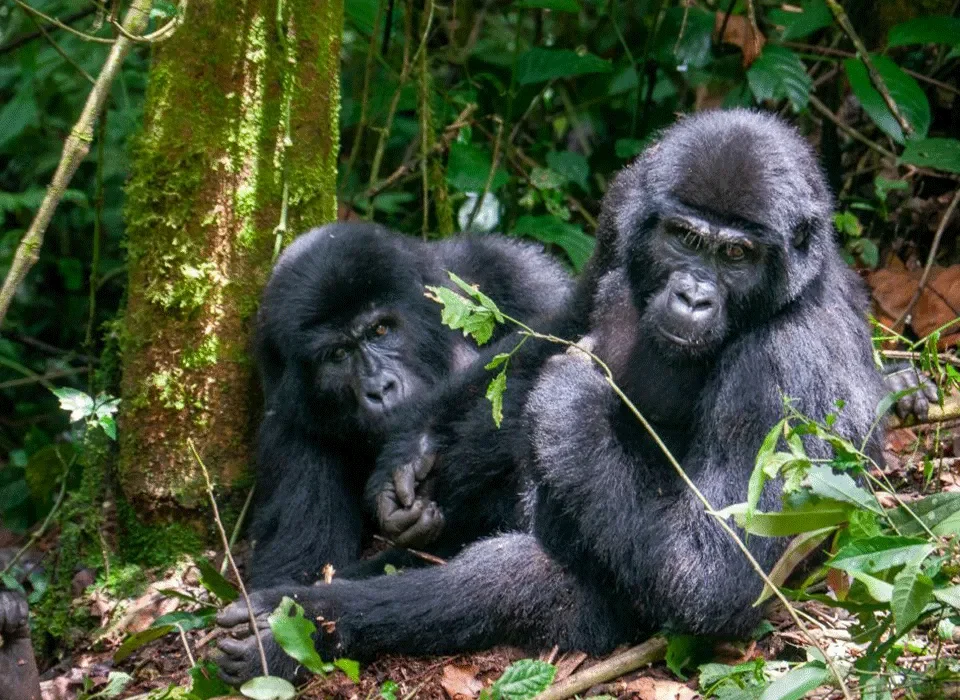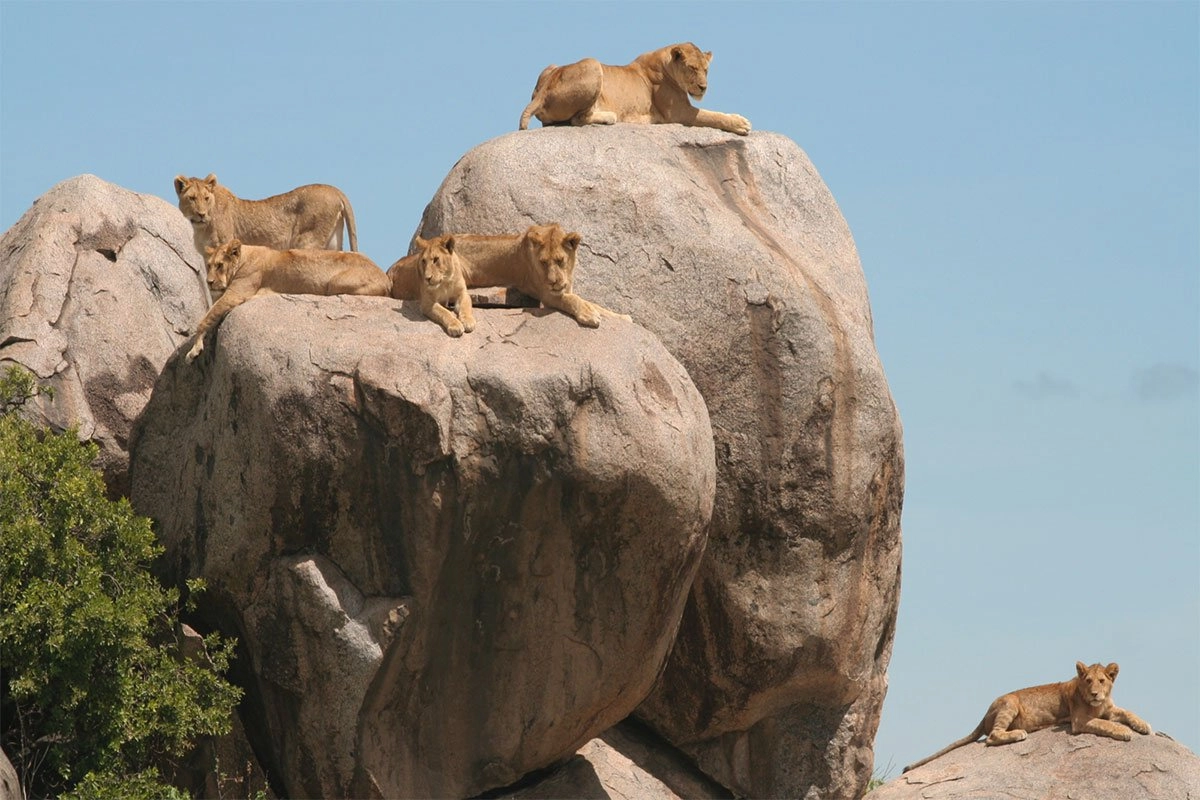
Simba Kopjes at Serengeti in Tanzania
December 5, 2023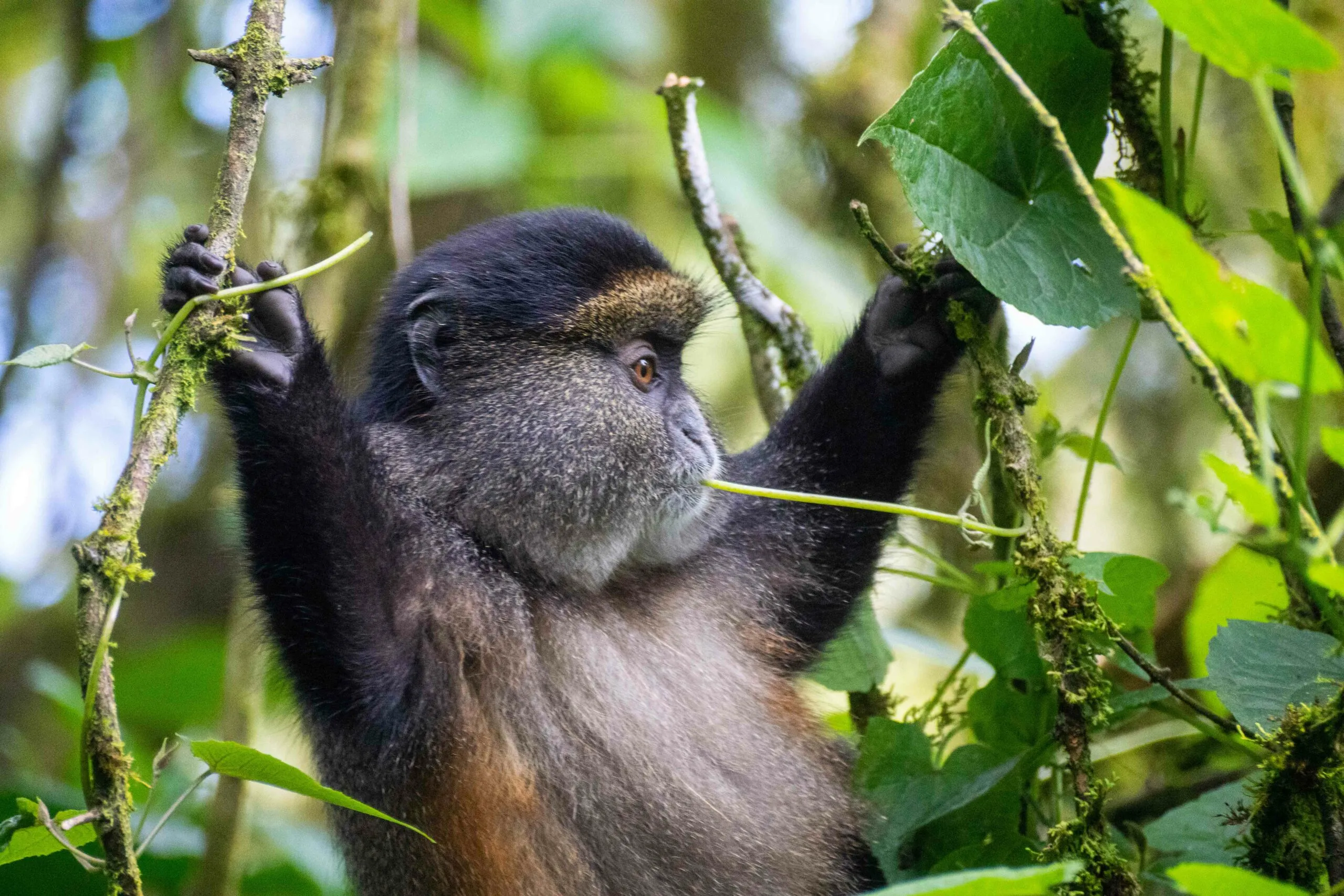
Uganda Gorillas & Rwanda Golden Monkeys Via Kigali
December 5, 2023Seronera River: A Wildlife Haven in the Heart of Serengeti, Tanzania
Discover the enchanting allure of Seronera River, an integral waterway that sustains wildlife in the heart of Serengeti National Park, Tanzania. In Africa, water is a lifeline for the thriving wildlife, and the annual rains in Masai Mara and the Serengeti trigger the great wildebeest migration—a spectacle known to many.
Seronera River stands as one of the prime locations within Serengeti National Park, offering exceptional opportunities to witness cheetahs and lions in their natural habitat. With its intricate network of water rivers and seasonal swamps, this area provides an ideal ecosystem for diverse wildlife. Leopards, often spotted on the branches of sausage trees along Seronera River, exhibit their prey-dragging prowess, ensuring the safety of their catch from other predators.
Studies indicate that this region boasts one of the highest concentrations of leopards across the entire African continent. Lions, equally impressive, frequent the riverbanks, ever-ready to seize the opportunity presented by unsuspecting prey approaching for a drink.
Several lion prides, subjects of ongoing study through the Serengeti Lion Project, call this area home. The Masai Kopjes pride, Makoma Hill pride, Campsite pride, and Seronera pride are among those observed and monitored closely.
The river teems with the presence of massive Nile crocodiles, often seen motionless on the banks, mouths agape, regulating their body temperature. Hippos, spending their days submerged, reveal only their ears and large nostrils, emerging at night to graze near the river banks.
Visitors to the Retina Hippo Pool are granted the unique opportunity to leave their vehicles and witness hippos on foot. In this close-knit gathering, territorial disputes often erupt, providing a captivating spectacle of nature’s drama.
Established in 1952, Serengeti National Park encapsulates the grandeur of Tanzania’s wildlife, featuring the awe-inspiring great migration of wildebeest and zebra. The park is also home to a resident population of lion, cheetah, elephant, giraffe, and a diverse array of birds. Accommodations range from luxurious lodges to mobile camps, providing an immersive experience within its vast 5,700-square-mile expanse.
Serengeti National Park is divided into three sections: the popular southern/central part, known as Seronera Valley; the western corridor marked by the Grumeti River; and the less-explored northern area, Lobo, which connects with Kenya’s Masai Mara Reserve.
Within this expansive region, two World Heritage Sites and two Biosphere Reserves have been designated, attracting writers, filmmakers, photographers, and scientists who have contributed to the understanding and appreciation of this unique ecosystem.
The Serengeti ecosystem, one of the oldest on earth, retains its essential features of climate, vegetation, and fauna, with patterns of life, death, adaptation, and migration echoing ancient rhythms.
The migration, a hallmark of the Serengeti, witnesses over a million wildebeest and 200,000 zebras embarking on a cyclical journey, driven by an ancient instinct that transcends obstacles such as drought, gorges, and crocodile-infested rivers.
Explore the diverse forms of vegetation, landscapes, and captivating inhabitants within the Serengeti ecosystem by joining us on an unforgettable journey into the heart of this natural wonder.

